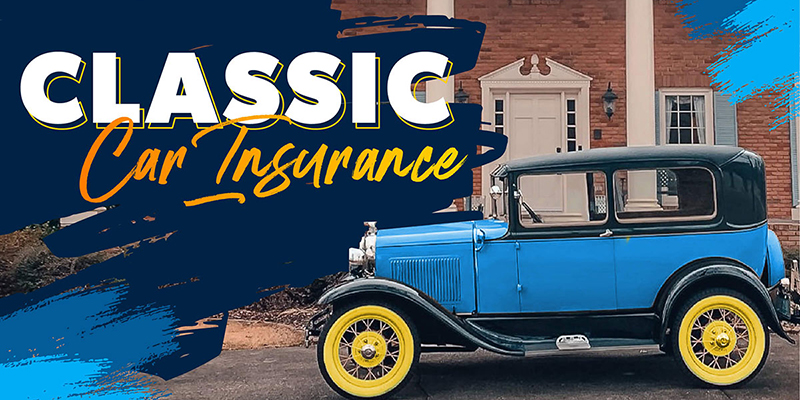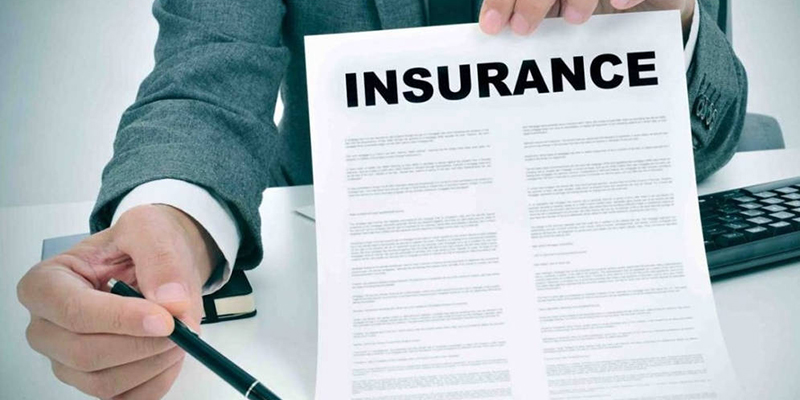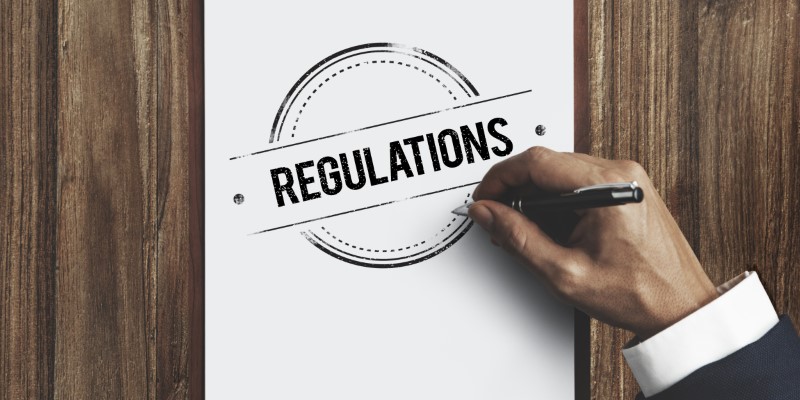5 Essential Tips To Properly Insure Your Classic Or Antique Car
Picture this: You have finally found your dream classic car. It's shiny and unique and has a history as rich as its paintwork. But what if your classic car insurance will not suffice for this fabulous four-wheeler
These vehicles are not only cars but treasures, investments, and traditions for many people. That is why they require coverage. It is interesting to note that there are policies that increase your car's value over time. You can also select the local repair of your preference.

Choosing the proper insurance is about more than just checking the boxes. It is about ensuring your car is well protected, whether in your garage or while showcasing at a show.
In this article, you are going to discover five crucial steps on how you can secure your auto asset. Read on to be an informed classic car owner.
Understanding Classic And Antique Car Insurance
What's a classic or antique car? It's not just about how old it is. Insurance companies look at the type of car, who made it, and what shape it's in.
Usually, cars over 25 years old are called classics. But sometimes, even rare new cars can be classics, too.
Why can't you use regular car insurance? Well, your old '57 Chevy is very different from a new Honda.
Classic car insurance is special. It looks at things like:
- What you and the insurance company agree the car is worth
- How much do you drive it
- How the car's value might go up over time
- It's made to fit what old car owners need.
Understanding these differences is essential. You don't want your particular car to be worth less than it should be, or worse, not covered if something terrible happens.
Critical Strategies For Protecting Your Vintage Vehicle
Now that we've covered the basics let's discuss the five essential tips to help you navigate the world of classic car insurance like a pro. These aren't just random pointers; they're tried-and-true strategies to protect your classic and vintage car.
1. Determine The True Value Of Your Vehicle
Have you ever tried to put a price tag on a piece of history? It's tricky but crucial. Your '57 Chevy isn't just a car - it's a time machine, and its value goes beyond mere dollars and cents.
Forget about Kelly Blue Book for this one. Classic car valuation is an art and a science. You've got options like agreed value (you and the insurer agree on a value upfront) or stated value (you state the value, but the insurer might dispute it later).
Pro tip: Get a professional appraisal. It's worth every penny. Document everything - original features, restoration work, even its history. Remember, provenance can be as valuable as chrome and steel in the classic car world.
2. Choose A Specialized Classic Car Insurance Provider
Would you trust a fast-food joint to cater a fancy wedding? Probably not. The same goes for ensuring your classic ride. Regular auto insurers might offer classic car policies, but it's not their bread and butter.
Specialized classic car insurers speak your language. They understand that your '65 Corvette spends more time in the garage than on the road. They know the difference between a numbers-matching engine and a period-correct replacement.
Do your homework. Look for insurers with a solid reputation in the classic car community. Check out reviews, ask around at car shows, and don't be shy about grilling potential providers. After all, you're entrusting them with your baby.
3. Understand Usage Restrictions And Mileage Limitations
Here's where classic car insurance gets interesting. Unlike your daily driver, your vintage beauty probably isn't racking up miles on the daily commute. Insurers know this, and they price accordingly.
Many policies come with mileage restrictions. It might be 1,000 miles a year or 5,000 - it varies. The catch? Lower mileage often means lower premiums. But don't let that stop you from enjoying your car.
Balance is key. Be honest about how much you'll drive, but don't sell yourself short. Some policies offer flexibility for special events or road trips. Remember, these cars were built to be driven, not just admired.
4. Consider Additional Coverage Options
These are best thought of as bespoke additions to your insurance plan. In the same way, you can add a modern stereo to a classic car; you can also increase your coverage.
Spare parts coverage? Absolutely. Classic car spare parts can hardly be described as readily available. Memorabilia protection? Why not? Your old maps of roads and the dealer's brochures form the package.
Never leave the roadside assistance option off your list. But it's not a tow truck that is needed. Seek insurance that offers flatbed transport and mechanics who can fix a carburettor.
5. Review And Update Your Policy Regularly
Your classic car isn't static, and neither should your insurance be. Maybe you've done some restoration work, or the market for '70s muscle cars has suddenly boomed. Your policy needs to keep pace.

Set a reminder to review your policy at least annually. But don't wait if something significant changes. Have you just finished a ground-up restoration? It's time to call your insurer.
Keep an eye on the classic car market, too. Values can fluctuate based on trends, rarity, and even pop culture. (Thanks, "Fast and Furious" franchise!) Stay informed, and keep your insurer in the loop.
Avoid These Classic Car Insurance Blunders
Even the most careful drivers can hit a few bumps in the road. When it comes to insuring your classic car, there are some common potholes you'll want to avoid.
First, make sure to get coverage. Underinsuring your vintage ride is like using regular gas in a high-performance engine. It just doesn't work. Speaking of regular, assuming your standard auto policy will cover it is a rookie mistake.
Did you just soup up that engine or add some period-correct accessories? Remember to tell your insurer. Your policy should evolve with your car.
Oh, and those usage restrictions we talked about? They're not just suggestions. Violating them could leave you high and dry if something goes wrong.
The key to avoiding these pitfalls is to stay informed, communicate with your insurer, and always err on the side of caution. Your classic deserves nothing less.
Time To Tune Up Your Classic Car Insurance
Wouldn't you let your prized classic sit in the garage with old oil? The same goes for your insurance. It's time for a check-up.
Take a good look at your current policy. Does it capture your vintage beauty's actual value and unique needs? If not, you're leaving your investment exposed.
Act now. The classic car market is constantly changing, and so are the risks. Get the right coverage today, and you can cruise with confidence tomorrow. Your future self (and your classic) will thank you.
Frequently Asked Questions
Q. How old must a car be to qualify as a classic for insurance purposes?
Ans. Generally, cars 25 years or older qualify, but it varies. Some insurers consider vehicles from the '80s and '90s as classics. Rarity and historical significance also play a role.
Q. Can I insure a classic car that I'm still restoring?
Ans. Yes, many insurers offer coverage for projects. The policy may adjust as you complete work. Keep your insurer updated on progress and value changes during restoration.
Q. Do I need special insurance to transport my classic car to shows or events?
Ans. It's wise to have in-transit coverage. Some policies include this, others offer it as an add-on. It protects your car during transportation and at events.
Q. How does the modification of a classic car affect its insurance?
Ans. Modifications can impact value and risk. Always inform your insurer about changes. Some mods might increase premiums, while period-correct restorations could boost coverage value.





